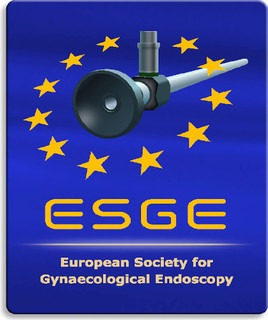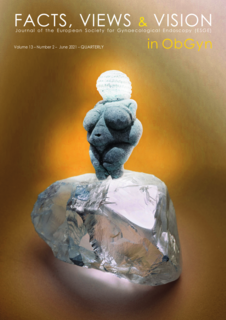Short-term outcomes of anterior approach sacrospinous ligament fixation for apical vaginal prolapse - A retrospective study
Sacrospinous fixation, sacrospinous hysteropexy, apical prolapse, anterior approach SSF
Published online: Jun 28 2021
Abstract
Introduction: Vaginal sacrospinous fixation and sacrospinous hysteropexy (SSF/SSHP) are highly effective procedures for apical compartment prolapse. The established technique is the posterior vaginal approach. The alternative anterior approach through an anterior vaginal incision, although occasionally mentioned in the literature, is less well established. However, this approach is a more appropriate route if posterior vaginal surgery is not indicated. The aim of this paper is to review surgical outcomes of anterior approach in our centre and to compare outcomes of SSF vs SSHP.
Methods: Retrospective case note review of 60 patients who underwent anterior SSF for prolapse between 2009-2017 was performed. Preoperative and postoperative symptoms and findings were recorded. Anterior SSF involved an anterior vaginal incision and paravaginal access to the ligament for dissection and fixation to either the cervix or vault.
Results: SSF was performed in 39 patients, out of which 8 underwent vaginal hysterectomy concomitantly. SSHP for uterine prolapse was performed in 21 patients. There were no cases of recurrent apical prolapse in the cohort at mean follow-up of 1 year. No intra-operative visceral injuries were observed. Recurrence of anterior wall prolapse and postoperative voiding dysfunction was observed in 8.3% and short-term buttock pain in 6.6% of patients.
Conclusion: Anterior approach SSF and SSHP is a safe and effective technique for apical prolapse and is the recommended route when posterior vaginal surgery is not required.



